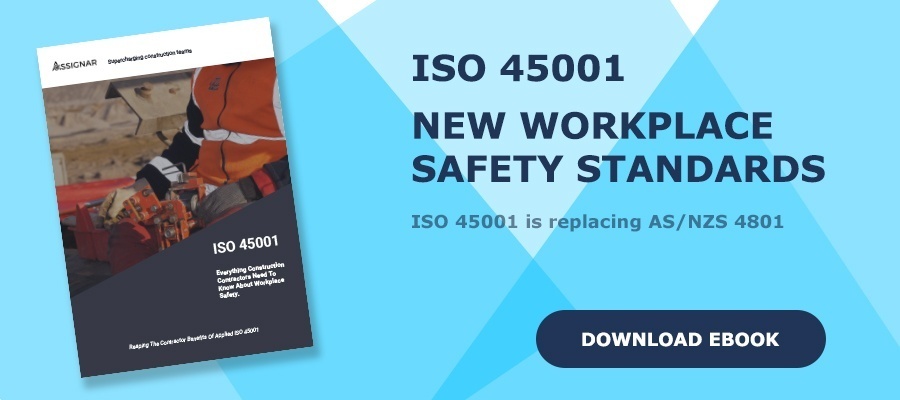Task-Focused Jobsite Safety Analysis For Better Company-Wide Jobsite Safety And Efficiency
Effective strategies for construction jobsite incident prevention produce greater company-wide efficiency as well as better company-wide jobsite safety. Purposeful injury prevention policies motivate employees to pay greater attention to detail. And conscientious work habits translate into better overall operations efficiency. In fact, EU-OSHA defines the following eight benefits of an effective OSH strategy:
- Brand value
- Evidence of corporate social responsibility
- Increase in investor confidence
- Reduced insurance rates
- Increased overall productivity
- More bid wins and better retention of existing customers
- Greater employee commitment and motivation
- AND Reduced expenses toward accidents and illness.
The best safety programs seek to analyze from the ground up. This means your construction company should practice task-oriented jobsite safety analysis. It’s a proactive approach that evaluates the workplace environment, identifies points of possible safety conflict, and then implements effective measures of prevention.
You too can improve company-wide jobsite safety and efficiency. The following four tips will help your construction company crank up a proactive task-focused jobsite safety analysis program.
1) Proactive Jobsite Safety Analysis – Identify Focus Jobs
Every job is a candidate, but first focus should go to those construction tasks most prone to frequent and serious injuries. But aim for eventual company-wide task-focused jobsite safety evaluation.
2) Proactive Jobsite Safety Analysis – Defining Sequence
Most tasks involve multi-step functions. Effective evaluation requires attention to the defined sequence and frequency of the individual steps. But keep the focus limited to ten or less functions. Grouping too many individual activities can hinder accurate evaluation. Components of the analysis should proceed as follows:
- Observe the entire task-specific process
- Define the sequence as well as the number of activities
- Record the events
- Gather participants and confirm the accuracy of your findings.
3) Proactive Jobsite Safety Analysis – Identify Potential Hazards
Evaluate according to the established sequence. Seek input from those responsible for performing the given task. Also consider the following points of risk:
- Equipment-specific hazards
- Risk of falls, slips or trips
- Incidental hazards including electrical, gas and/or toxic substances
- AND other site-specific points of injury.
Make a record of all perceived task-specific safety hazards. If possible, take advantage of the safety checklists available via the Assignar safety and compliance components of your construction workforce and asset allocation and planning software package.
4) Proactive Jobsite Safety Analysis – Preventive Measures
After analysis of a given task, establish and make accessible to workers a set of processes and procedures that work to eliminate the existing safety shortcomings.
Modern Mobile Technology Improves Jobsite Safety and Efficiency
Need help with your construction-related compliance and safety performance strategies? Consider the benefits of applied mobile technology. The Assignar workforce and asset allocation and planning software provides extended resources for:
- Job scheduling and dispatch
- Automated timesheets
- Equipment maintenance and scheduling
- Fleet and tool management
- Accounting and document tracking and production
- Safety forms, guidelines and ISO 45001 audits and compliance.






